
FEMA, the Federal Emergency Management Agency, is responsible for ensuring that areas potentially vulnerable to flood risks are protected through regulations.
FEMA’s flood maps have a large impact on infrastructure, with regions at risk of damaging and hazardous floods needing stricter building codes and non-optional flood insurance. While the maps have flaws, they are the best way to identify flood-prone areas and protect lives and infrastructure.
Camp Mystic
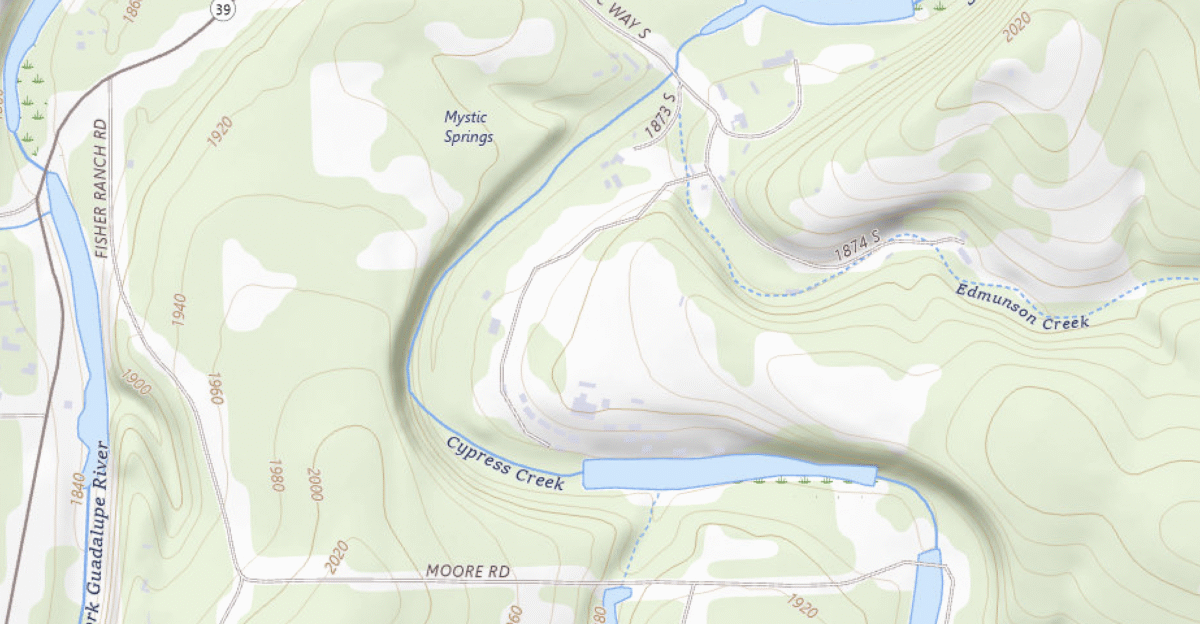
Camp Mystic is a girls’ summer camp on the Guadalupe River that has been operating for nearly 100 years. Although the camp is located in a flood-prone area, it is seen as rooted in tradition and culture.
With Camp Mystic sitting close to the river, there has always been the potential for catastrophe. Despite this, exemptions in the last decade have caused significant oversight.
Flood Zone Exemptions
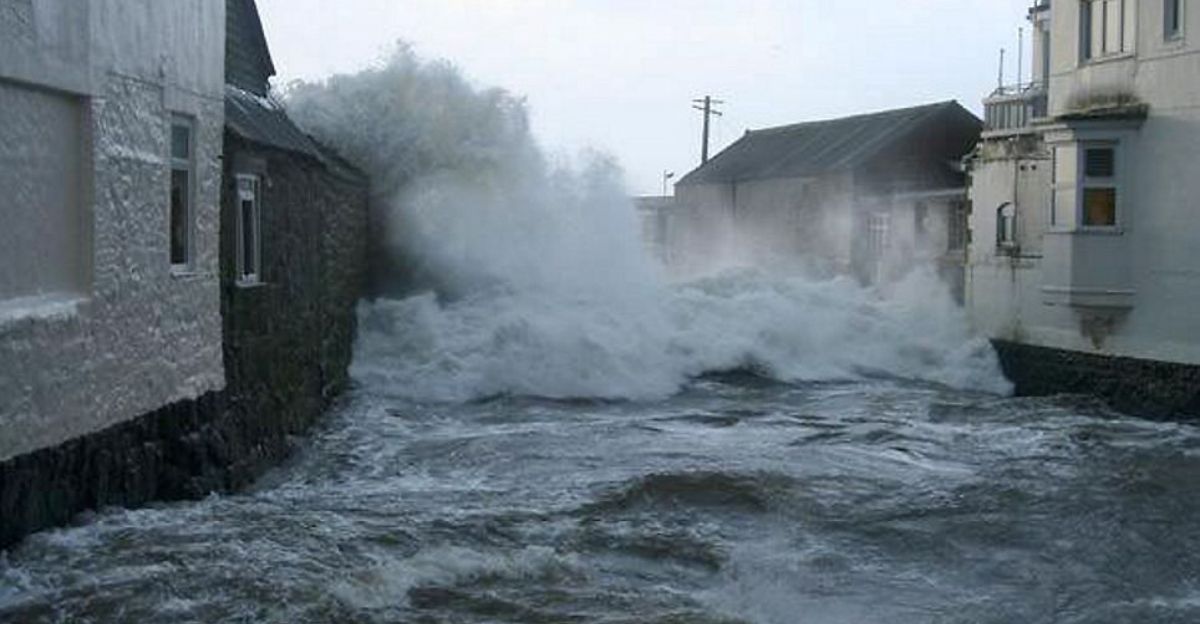
Camp Mystic has pushed to make appeals in the last decade. These appeals have succeeded, with FEMA scratching many buildings off flood zone maps. Appeals that had implications for flood-prone areas were approved in 2013, 2019, and 2020.
Mandatory flood insurance was no longer needed for the camp, and buildings do not need to follow the stricter standards that a flood zone usually requires.
How Impactful The Exemptions Are
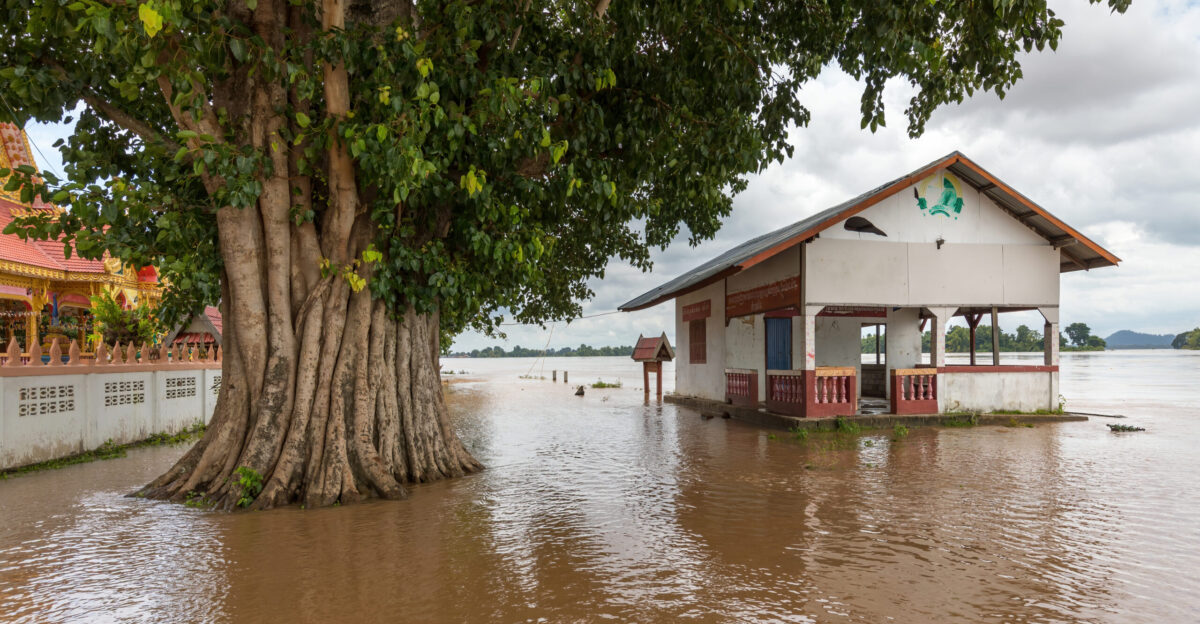
Flood zone exemptions are usually given to infrastructure that has been proven not to be at risk of flood-prone hazards. This means buildings can be built to a lower standard and with fewer safety requirements.
Building owners also do not need to purchase flood insurance. However, exemptions, when misjudged, mean that buildings can expand or persist in potentially hazardous areas, putting infrastructure and lives at risk.
Controversy

After the appeal was approved, flood experts and journalists quickly criticized the decision. Sarah Pralle, an associate professor at Syracuse University who is intimately familiar with FEMA’s flood maps, called the decision “particularly disturbing.”
Pralle reported to the Associated Press and The New York Times that these exemptions often favor property owners and ignore flood risks.
Continued Risks

FEMA’s flood maps are not perfect. They track data gathered over years, which cannot accurately predict sudden changes in weather patterns or the impacts of infrastructure on flood risks.
Other climate risk models, such as ones from First Street Foundations, show data that puts Camp Mystic at continued risk of floods, despite the numerous exemptions.
Flooding In The Past

Being in such a flood-prone area, Camp Mystic has had its fair share of floods since it was established 99 years ago. Only six years after its inception, the camp experienced a particularly bad flood.
The region is also prone to flash floods, which come with little warning and can result in disaster.
Expansion After Exemptions
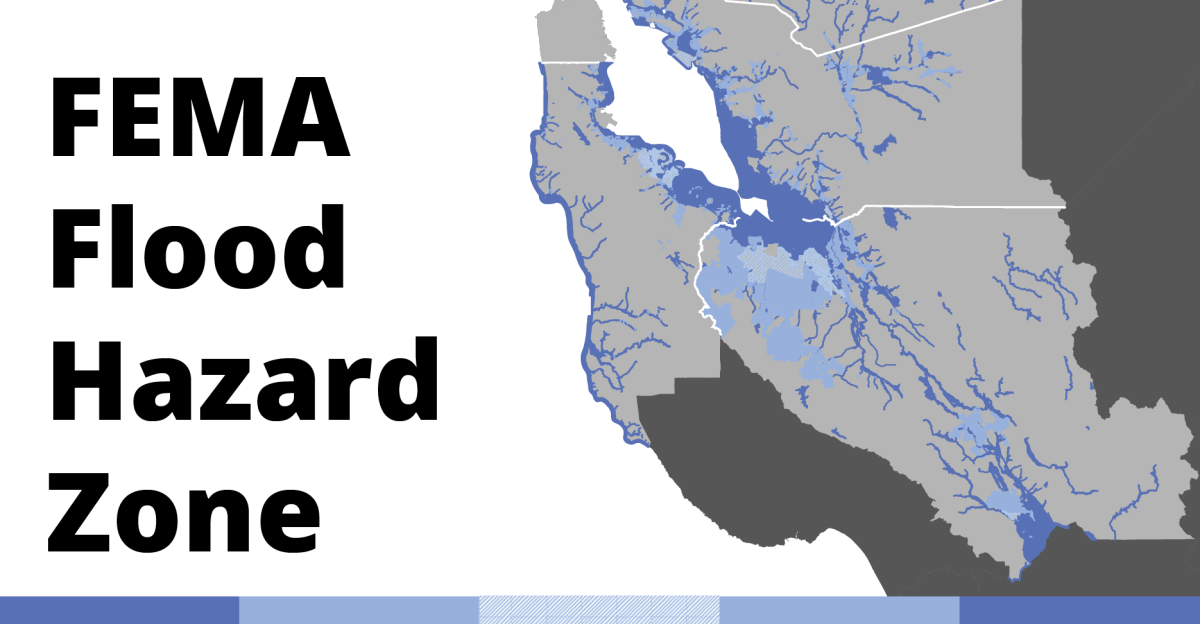
After FEMA granted the exemptions, the camp continued to expand its infrastructure into regions that were still flood-prone, building new cabins and amenities.
This growth happened with FEMA’s maps used as a reference, although buildings still sat dangerously close to predicted flood levels. This disregard for safety culminated on July 4, 2025, when a flood swept through the area.
The Recent Catastrophe
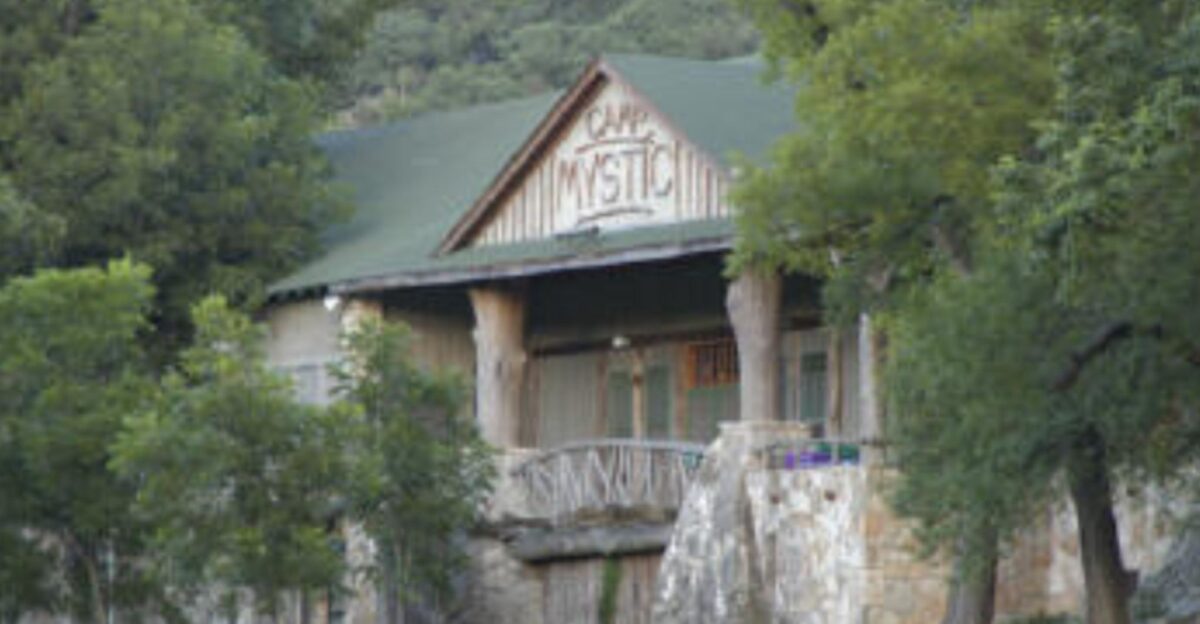
Multiple voices condemned the decision to give Camp Mystic flood exemptions, but they were ignored. This led to a devastating flood on July 4, 2025.
In the aftermath, 27 people lost their lives. The flood hit overnight, overwhelming cabins and not allowing many to escape. This tragedy could have been avoided if the flood exemptions had not been granted.
The Aftermath
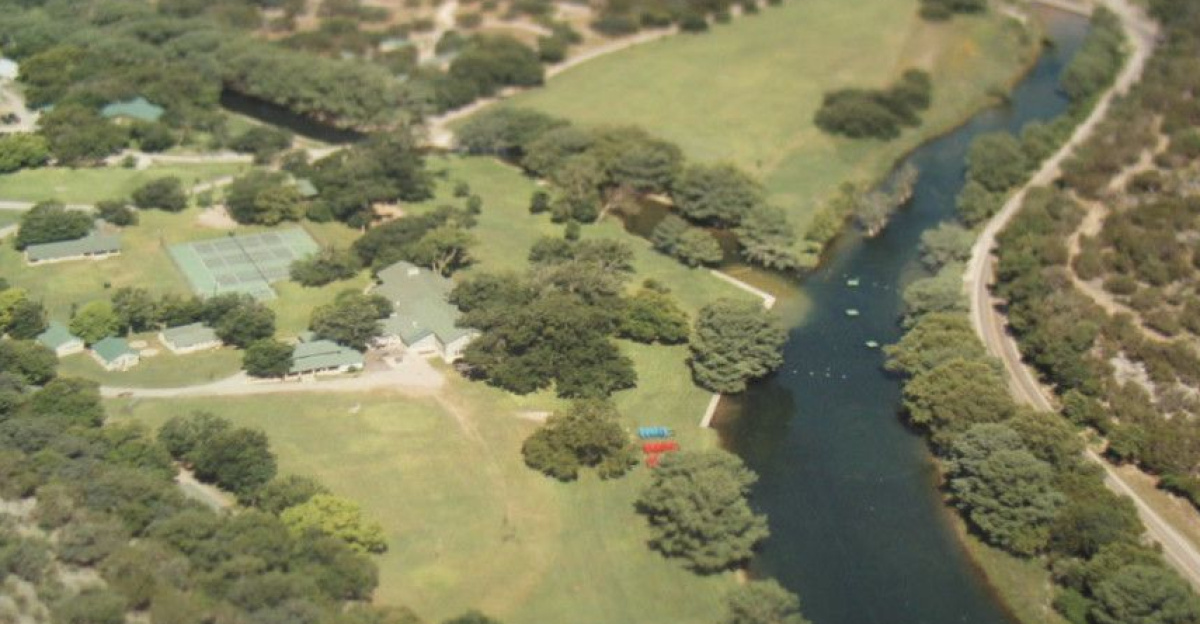
Camp Mystic did not have to pay flood insurance because it was no longer subject to the same restrictions as other buildings in flood zones.
This meant that after the flood on July 4, both the camp and the affected families saw no financial protection. Lawsuits and disputes over insurance are underway in the aftermath of the tragic event.
Calling For Stricter Oversight

In the weeks following the disaster, there has been considerable debate about FEMA’s flood maps and how exemptions are granted. Many experts want reforms and stricter oversight, all in the name of making exemptions only used in justifiable cases.
This would minimize circumstances like the flood at Campy Mystic in the future. Professor Pralle says that flood maps should be broadened.
A Tragic Reminder
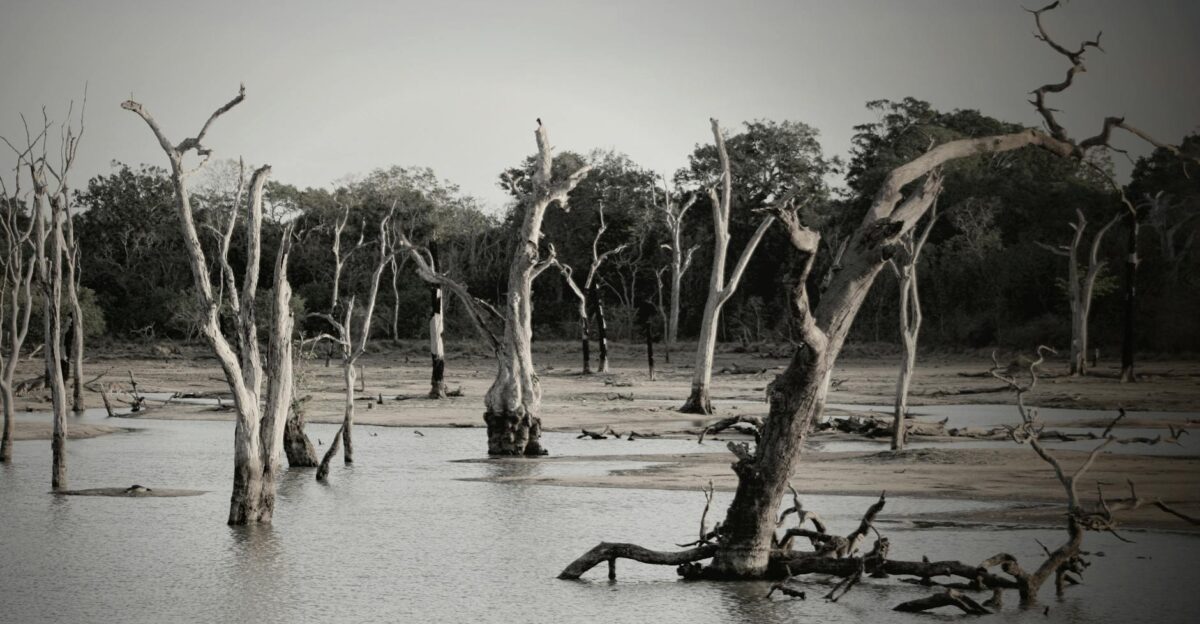
While the lives at Camp Mystic have already been claimed by regulatory oversight, it serves as a tragic reminder that flood zones are identified for reasons of safety to people and infrastructure.
Future disasters can be prevented with proper regulatory standards prioritizing public lives over expansion.







